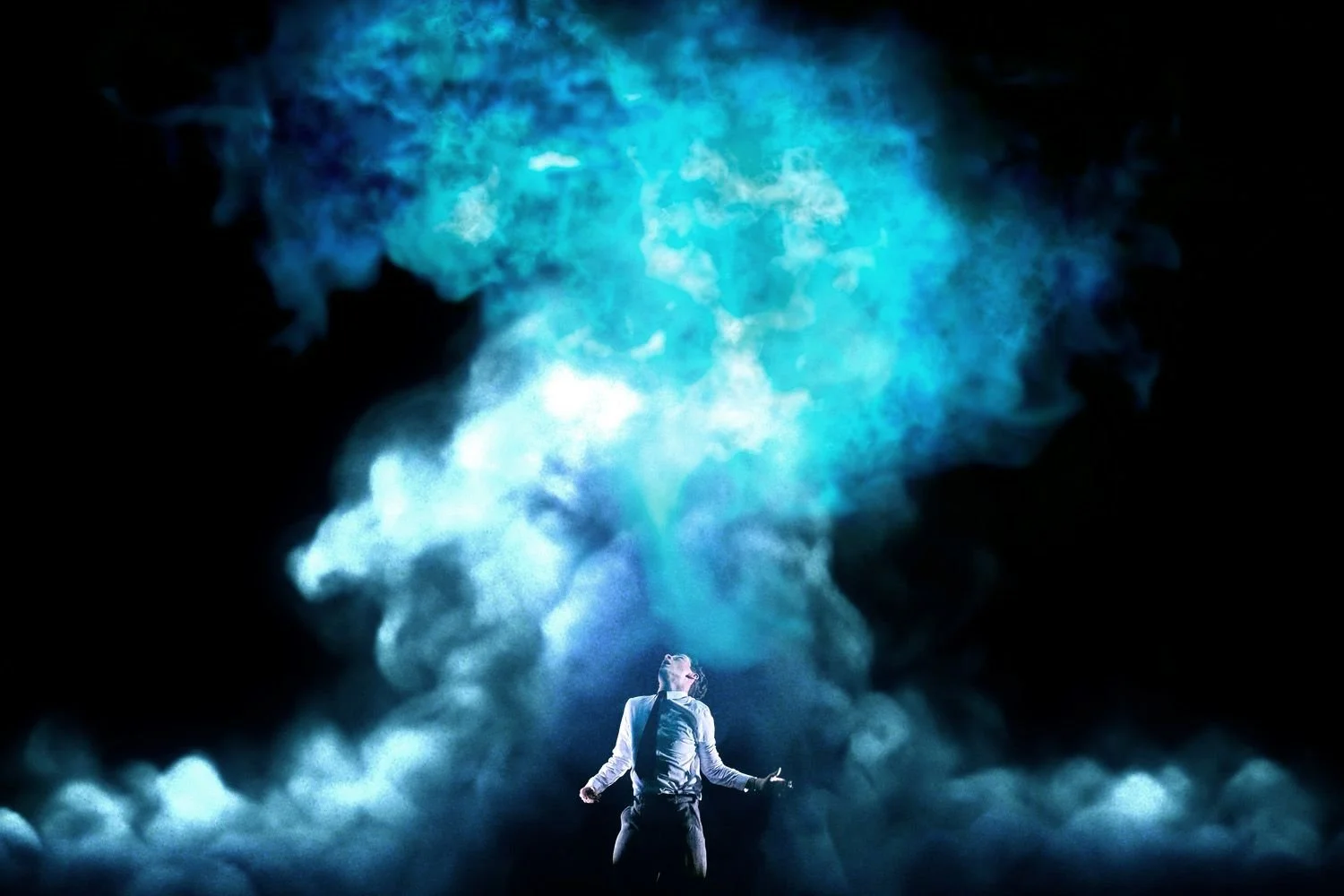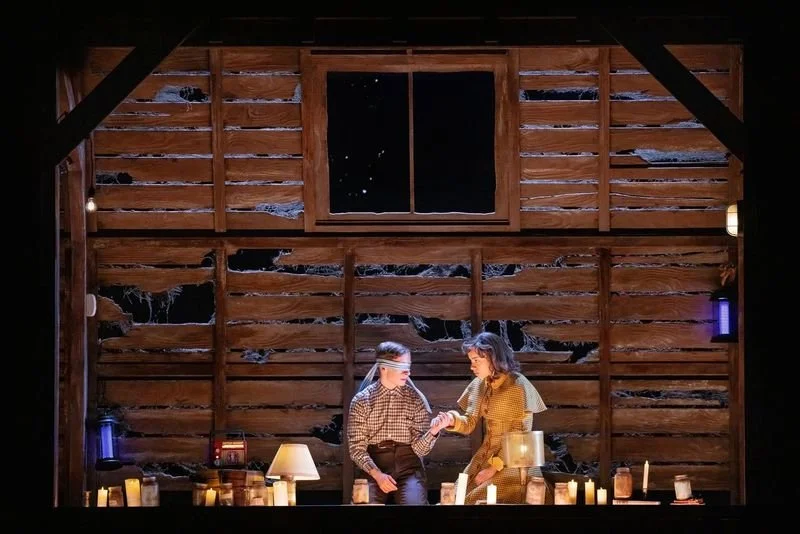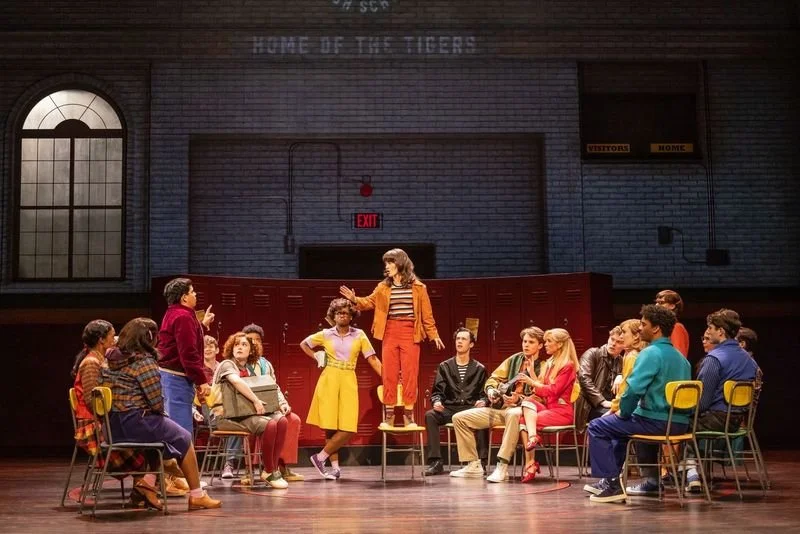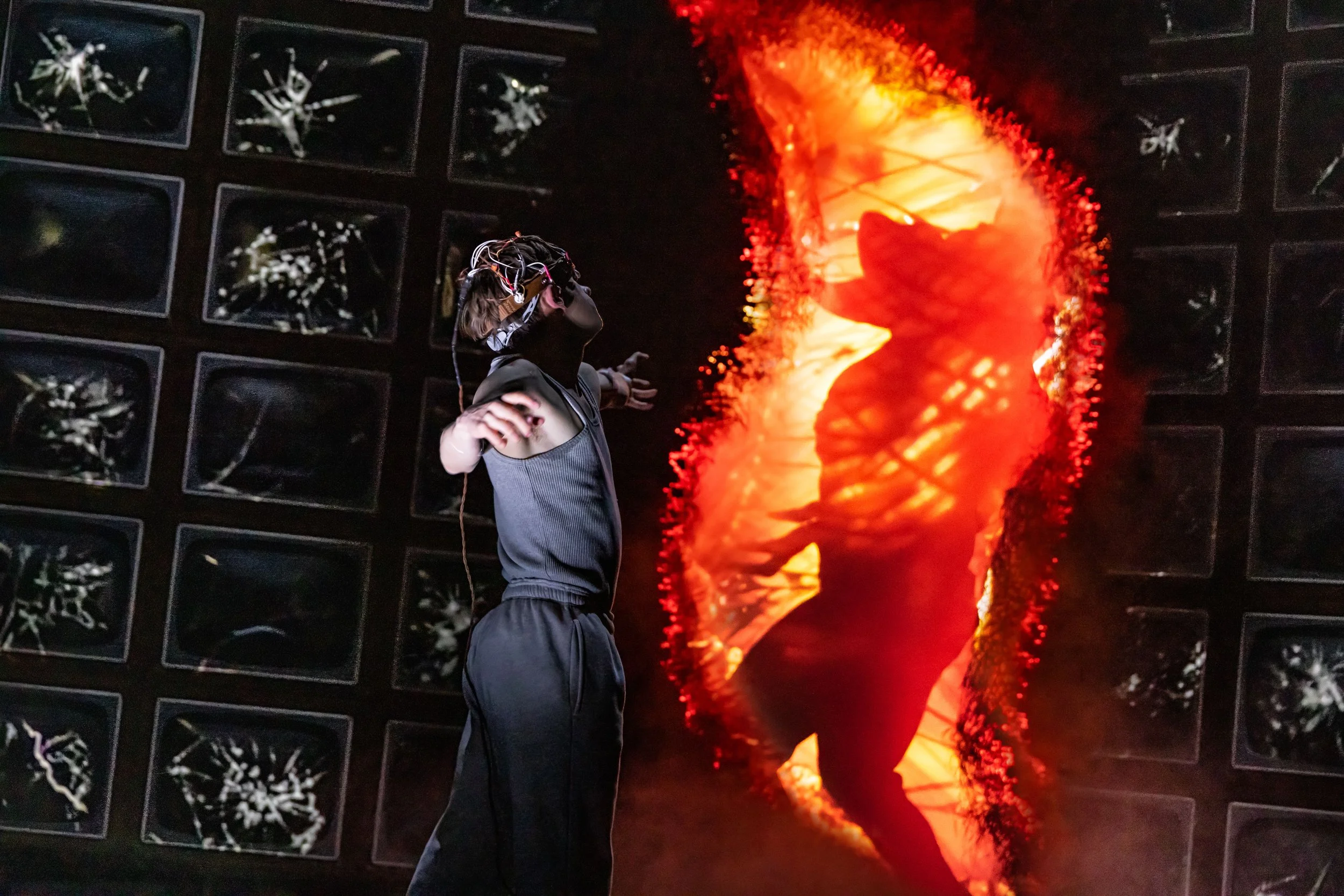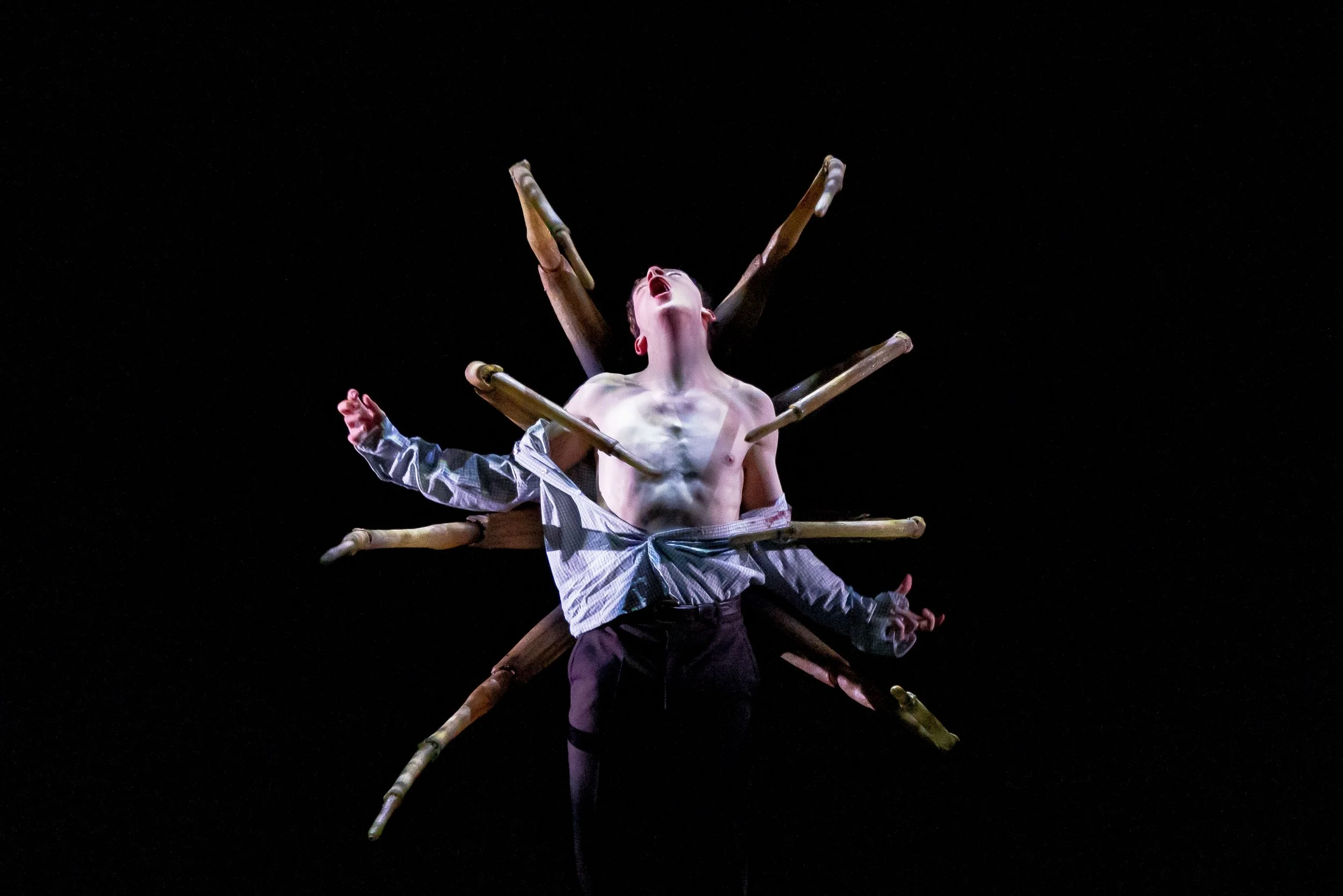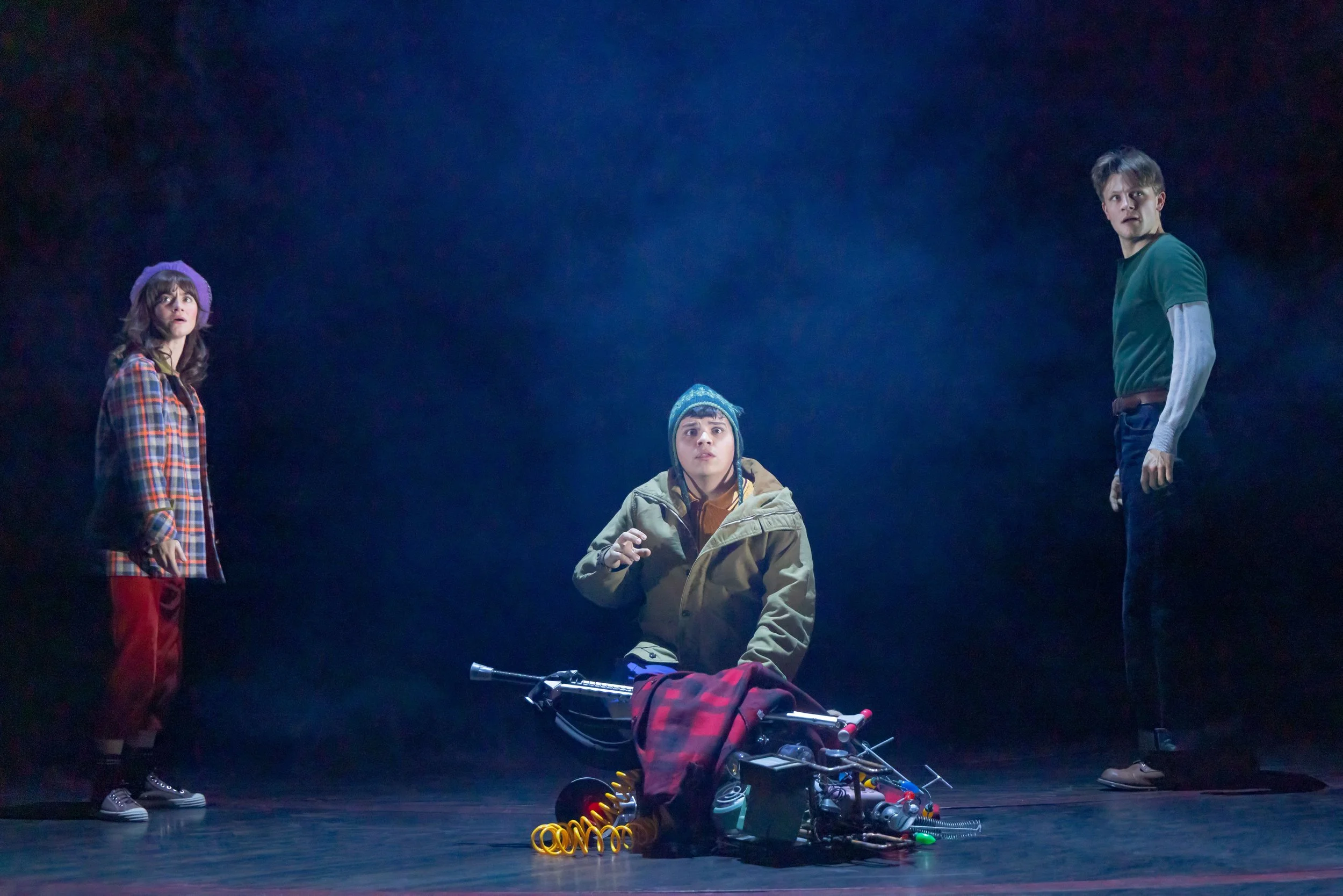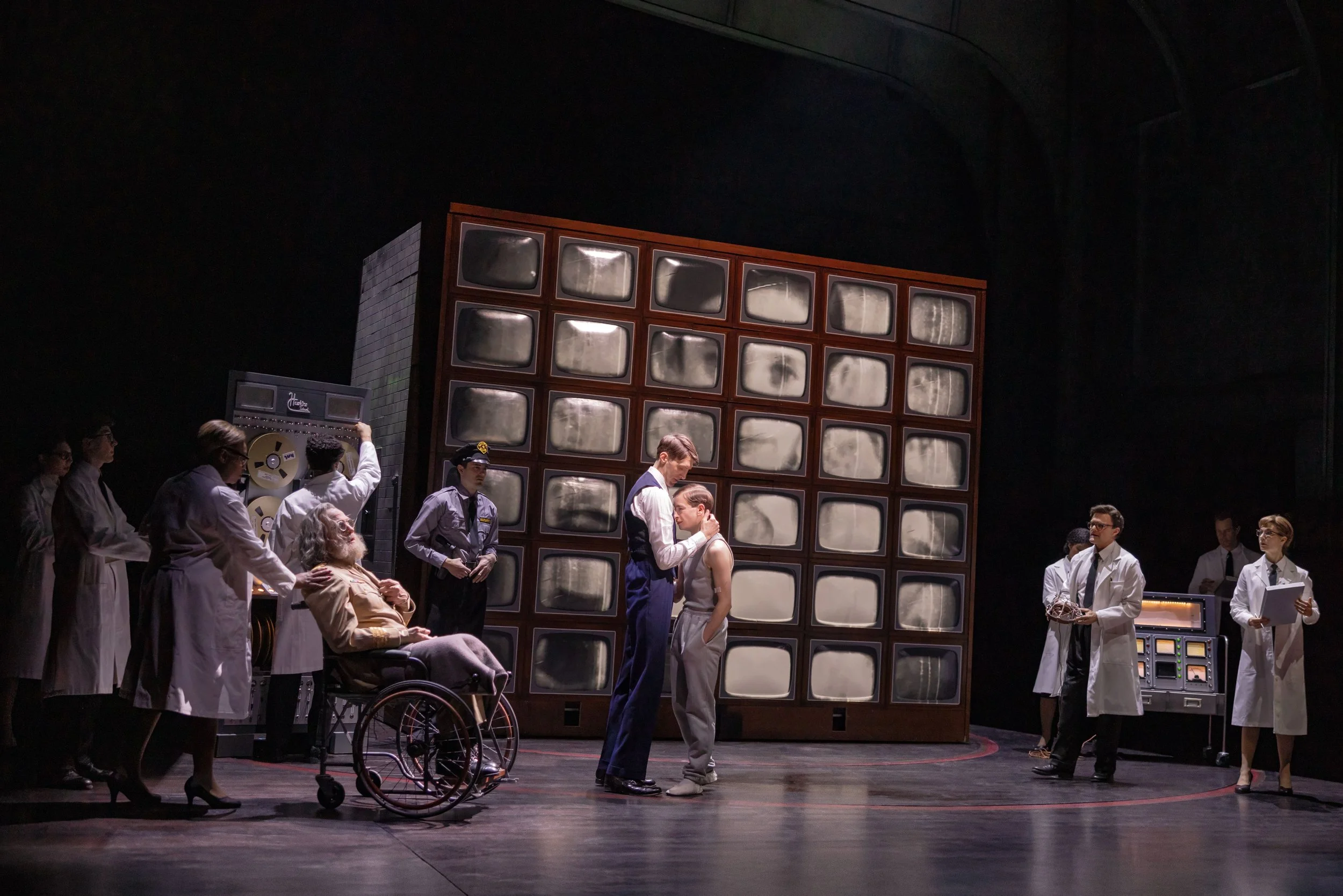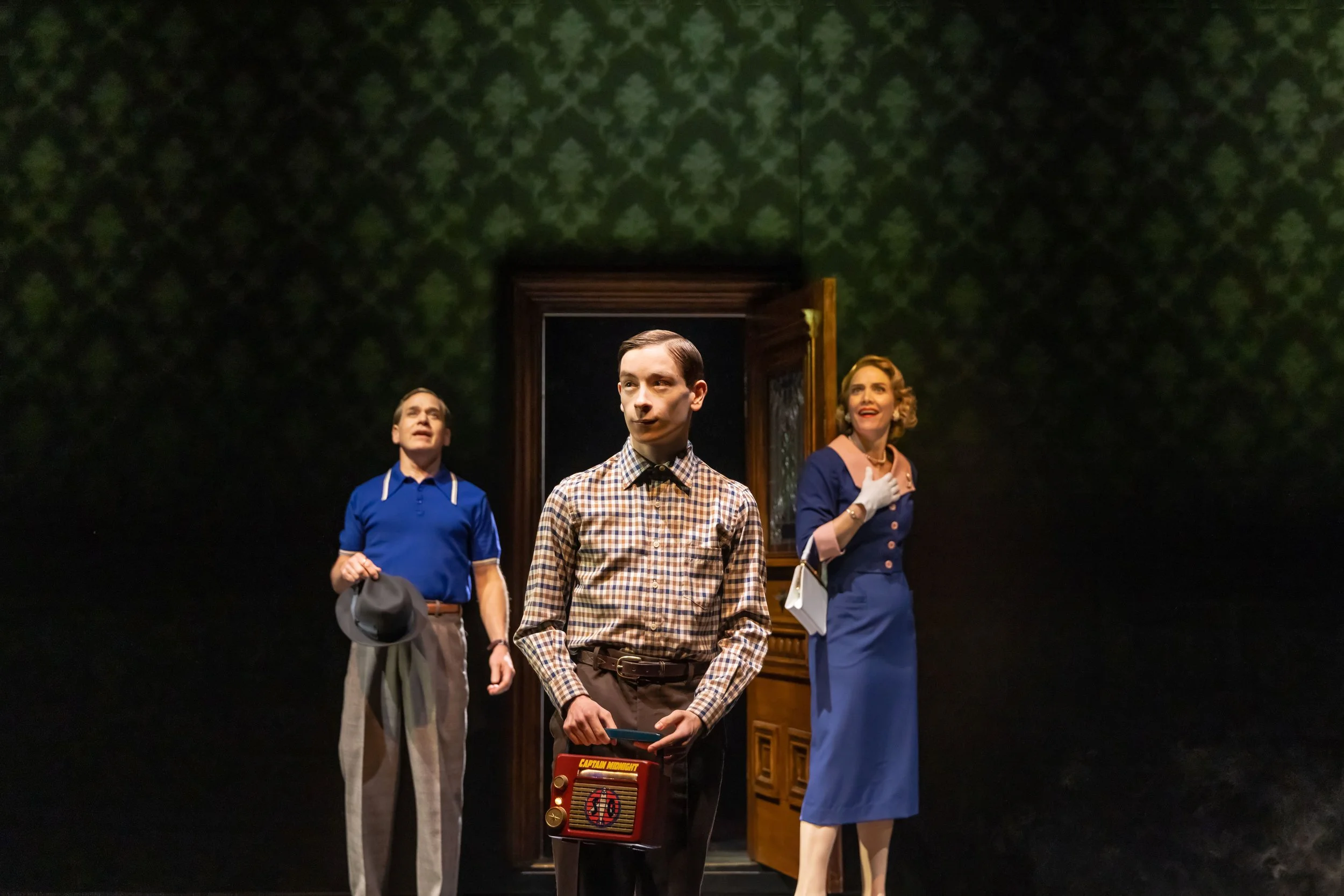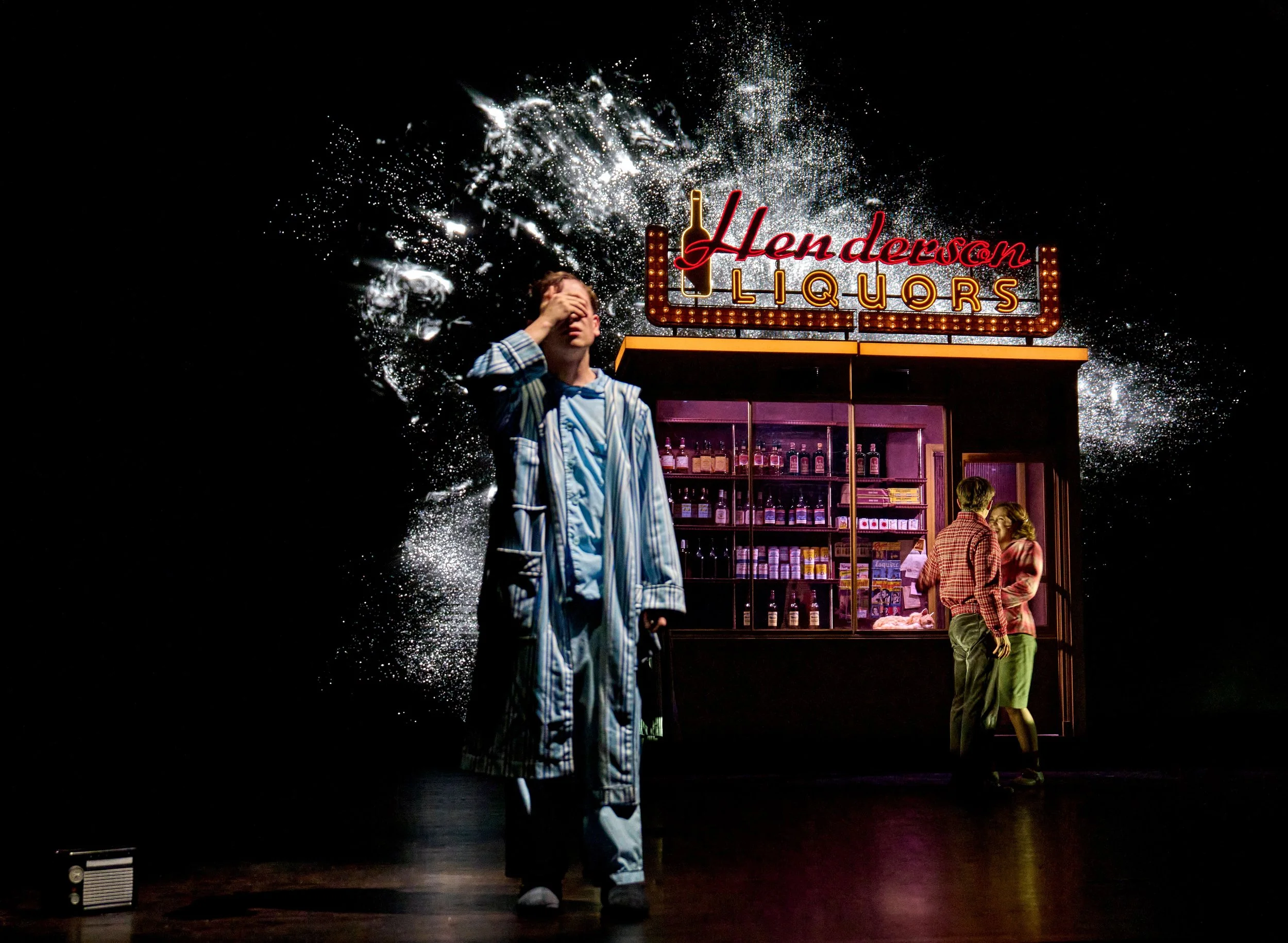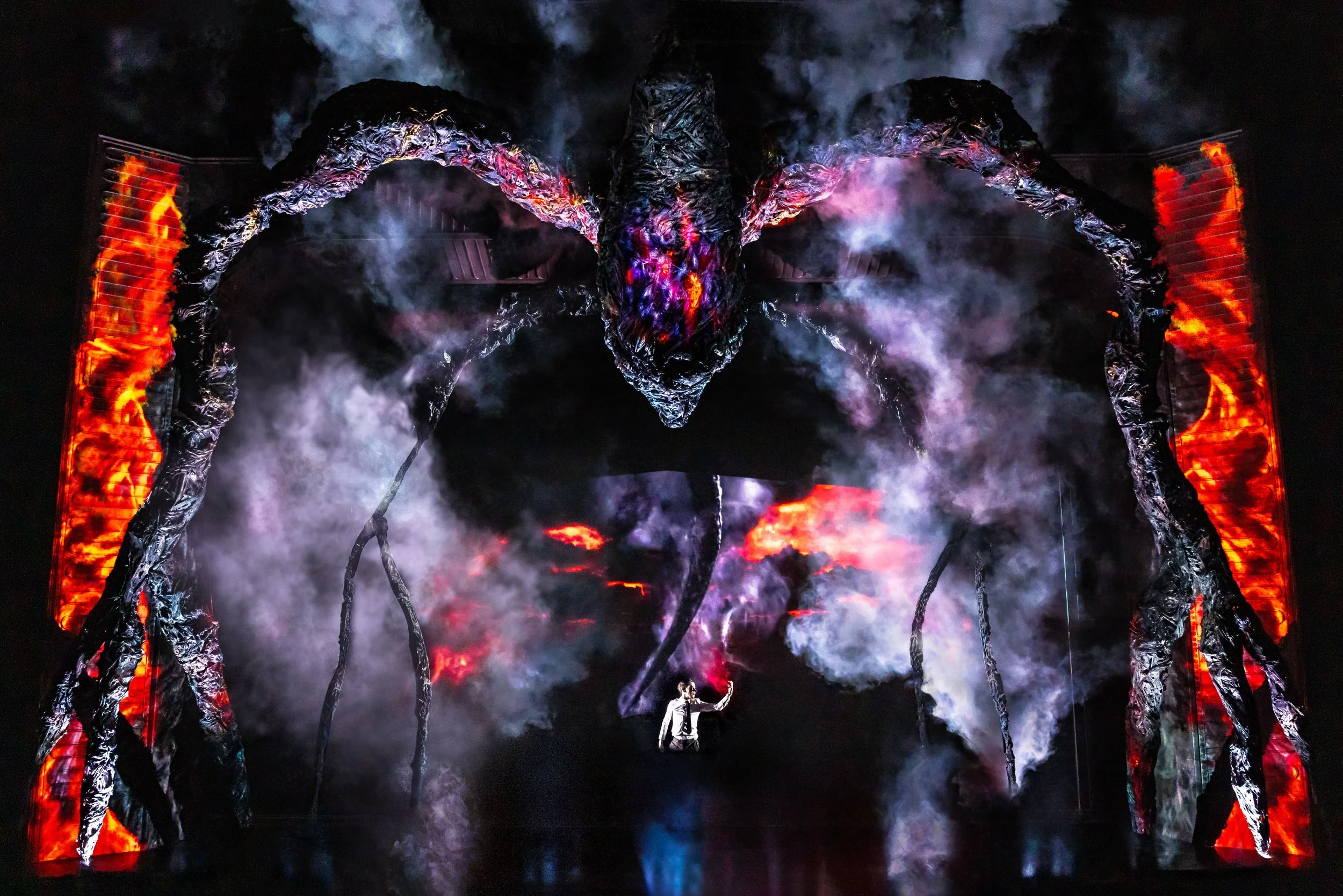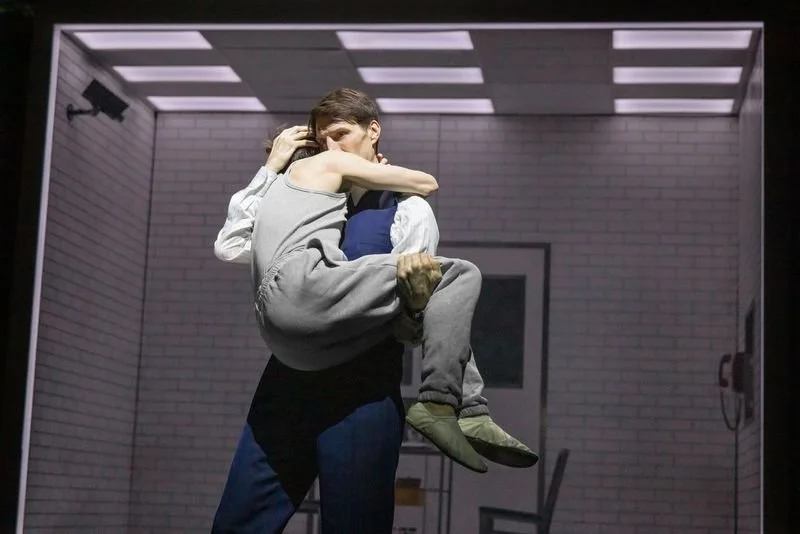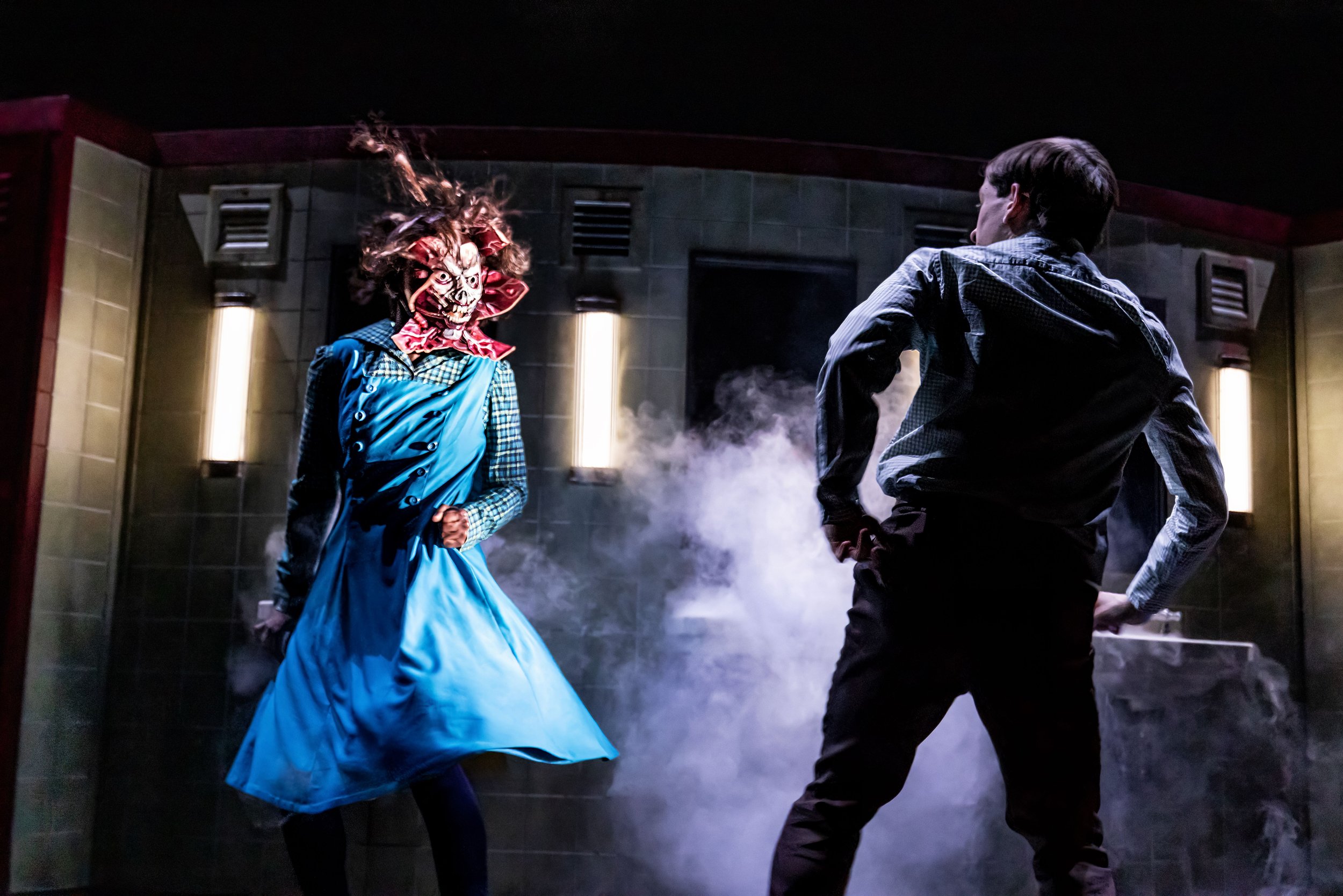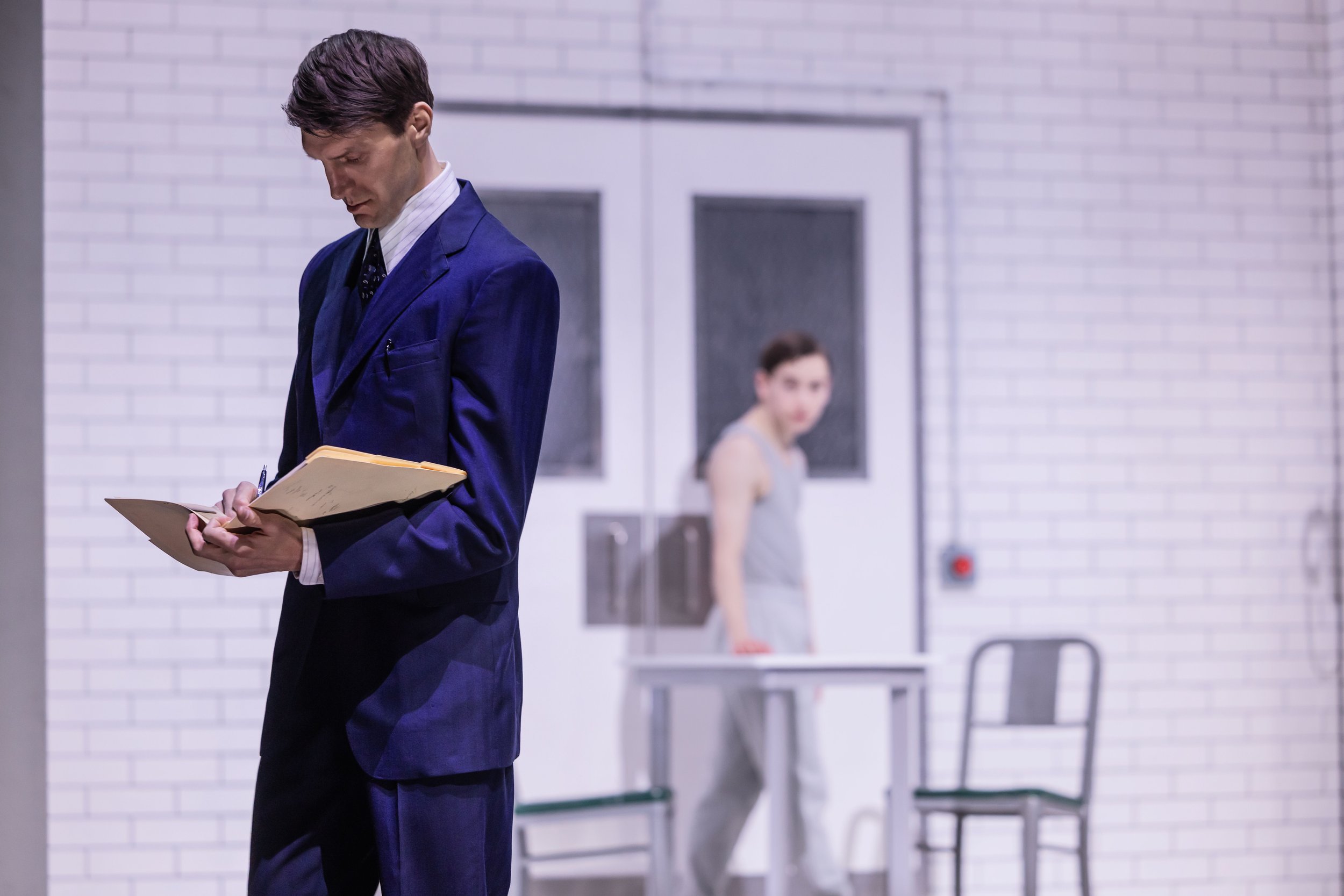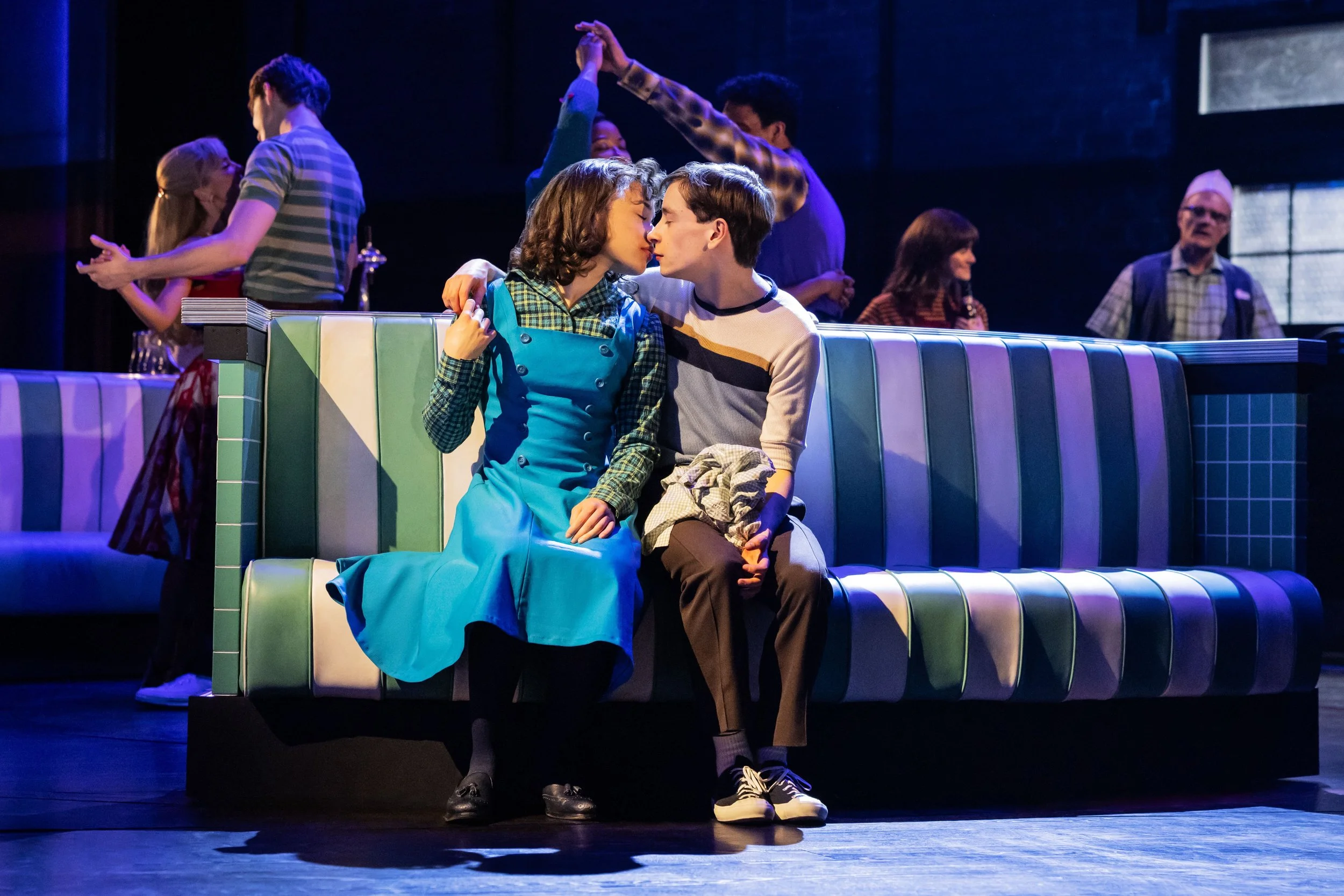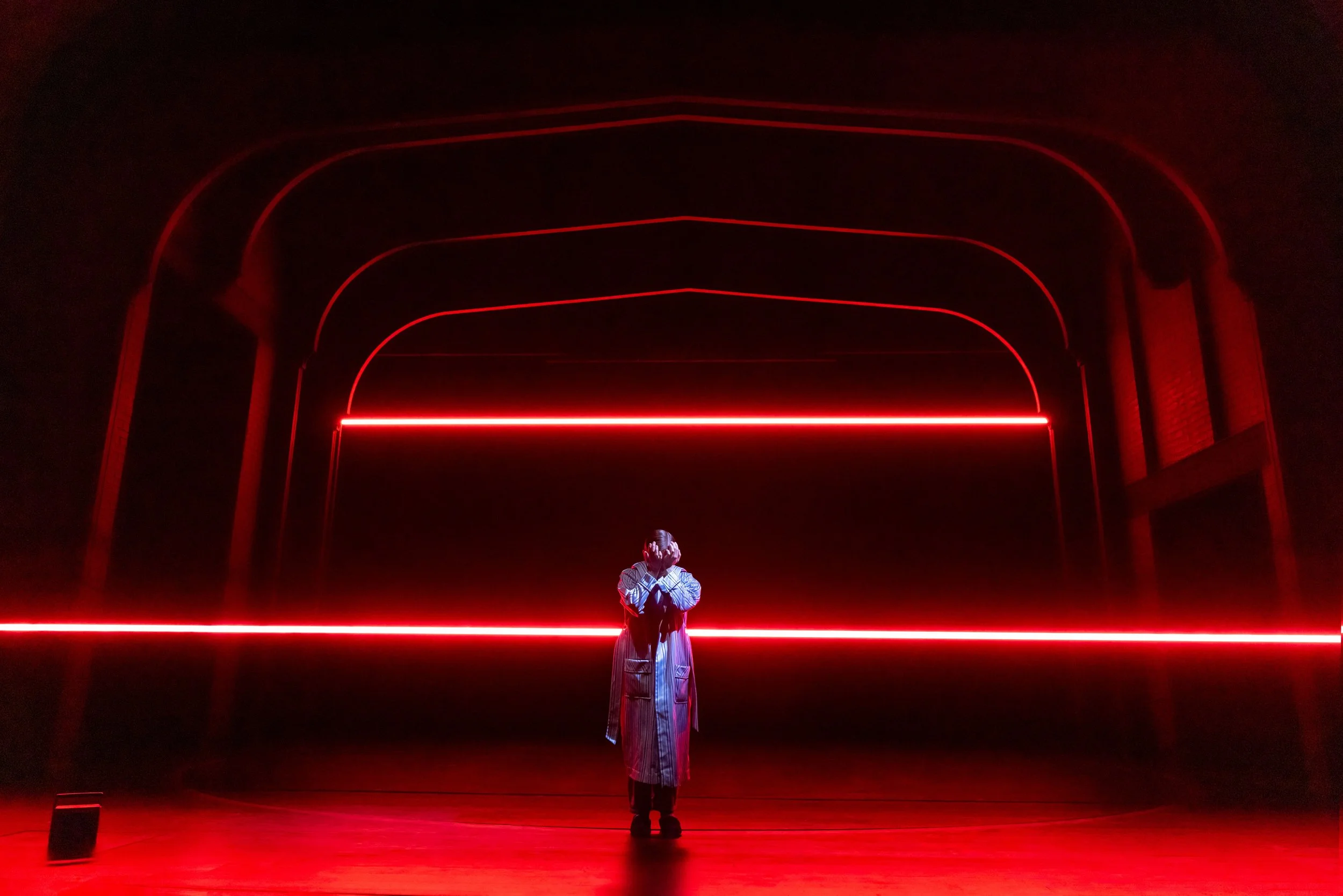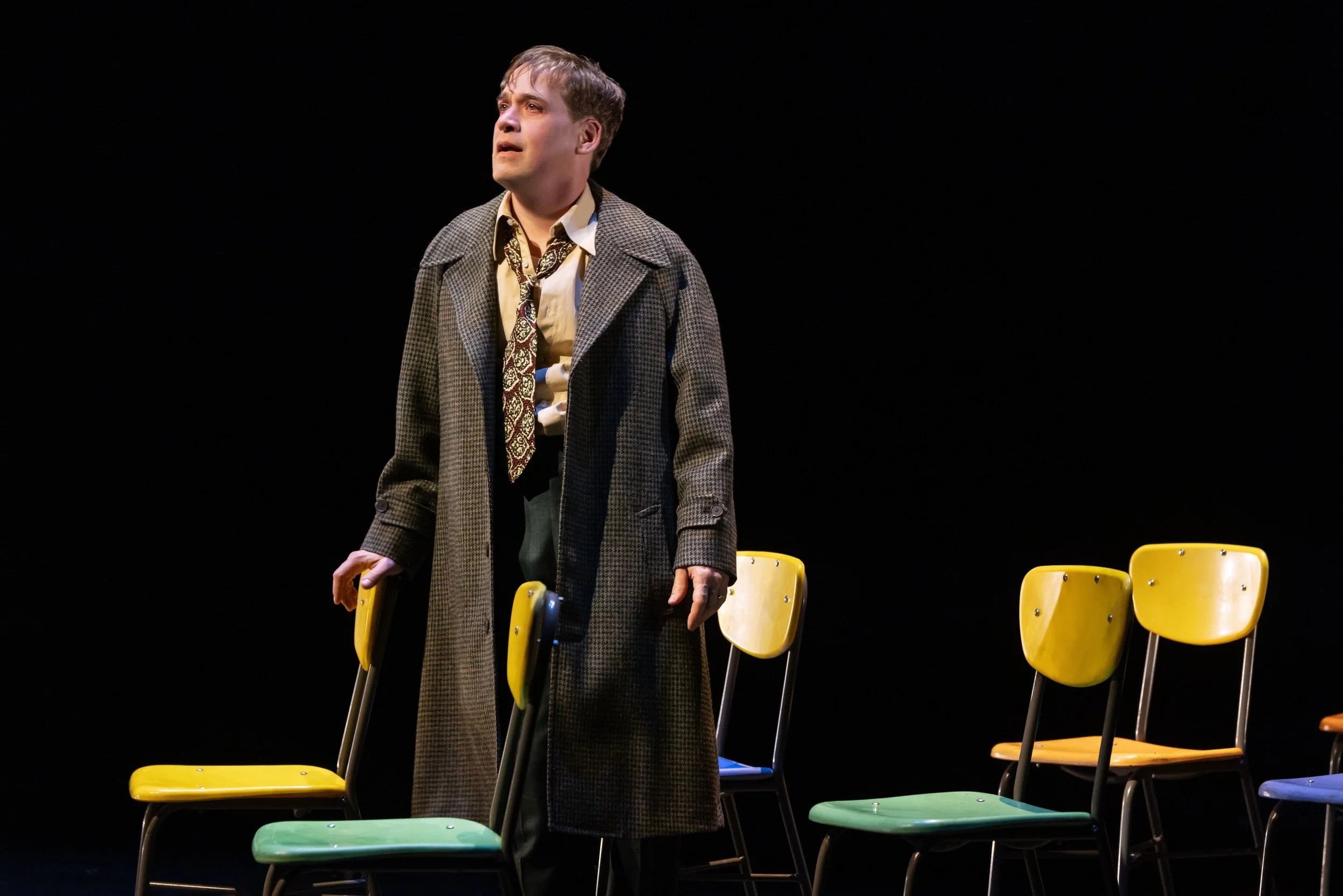My Variety Review of Broadway's 'Stranger Things: The First Shadow'
With the Broadway arrival of “Stranger Things: The First Shadow,” the origin story from the popular Netflix series, comes the question: Will this stand-alone tale appeal — and then satisfy — audiences beyond its fan base?
The answer will depend if one’s love of spectacular effects — which there are many — trumps other essential elements for great theatrical storytelling.
The former delivers big time, thanks to the wizardry of illusions/visual effects designers Jamie Harrison and Chris Fisher — and the show’s staggering budget. (Netflix is a major producer of the show.)
For a sci-fi/mystery/comedy, that’s no small thing. But for an audience to feel a greater emotional connection to the material, the narrative and the characters need to resonate on a deeper level. “Stranger Things: The First Shadow” misses that high mark, and only manages to achieve a sci-fi, comic-book experience, writ large, on stage.
Connecting to the series’ overriding narrative, this theatrical backstory opens in 1943 when a secret government electro-magnetic experiment on a navel ship goes spectacularly wrong, creating an opening from a parallel dimension and unleashing its dark powers.
The opening scene with its climactic special effect is stunning by a quantum leap. The series’ red-letter logo then emerges center stage, eliciting cheers from fans eager to dive into the prequel and go back to the future.
The show is largely set in 1959, 24 years prior to the start of the seres, with the arrival of traumatized WW2 veteran Victor Creel (T.R. Knight) and his wife Virginia (Rosie Benton), young daughter Alice (Azalea Wolfe) and sensitive and troubled young teen Henry (Louis McCartney), to the fictitious town of Hawkins, Indiana. They’ve moved to start a new life following some horrific happenings involving Henry at their previous home in Nevada. Their new imposing residence figures significantly in the play and series. (Warning: Dont go in the attic.)
Henry is a pivotal character in “Stranger Things”’ fourth season, which begins to connect the series’ multiple storylines. (The series’ fifth and final season is set for later this year.) Several of the series ‘80s characters also appear here significantly as their younger selves, including Joyce (Alison Jaye, who echoes Winona Ryder’s raspy annoyances); Jim Hopper Jr.(Burke Swanson), Bob Newby (Juan Carlos) and a younger version of Dr. Brenner (Alex Breaux), the series’ sinister research scientist.
The show is slightly revised and shortened from its Olivier Award-winning production in London which has been running since late 2023. Series writer Kate Trefry steps into playwriting, off of an original story by Trefry, along with Jack Thorne (“Harry Potter and the Cursed Child”) and the show’s creators — The Duffer Brothers (here listed as creative producers). Stephen Daldry (Tonys for “The Inheritance,” “Billy Elliot,” “An Inspector Calls”), who initiated the stage project, directs with co-director Justin Martin (“Prima Facie”). That’s a large team crafting a sprawling spinoff play, ever-careful not to trip the franchise.
The show tries to mirror the series’ playful/scary tone, mixing teen humor with high energy, true emotions and suspense. But on stage, the sophomoric snaps are overplayed (and fairly raunchy for Indiana high schoolers in the ‘50s); the energy is replaced by speed; and the emotions are always ever-fraught.
The Creels’ arrival in town is followed by a series of gruesome incidents with a group of the town’s teen “weirdos,” bonding and turning into detectives, a large subplot with little payoff. With this thread the stakes are low with the kids trying to solve pet killings instead of, as in the series, retrieving a friend from another dimension or just saving the world.
The main plot here centers on tragic Henry and his psycho-kinetic powers. His efforts to become simply “normal,” are blocked by trips into the black void, a stint as a laboratory test animal, and an epic fight with his inner demon — literally — which is a powerful presence called the Mind Flayer
Not since “Carrie” has there been a such a compelling supernatural teen on stage and McCartney, who originated the role in London, is a wonder. Pale and frail, he evokes childlike-vulnerability in his desperate attempts to beat the demogorgan within and b beyond. Even in the midst of morphing into something quite extraordinary, McCartney manages to center the show with a sense of human reality, especially as he tries to bind then save Henry’s friend Patty (a new major character, honestly played Gabrielle Nevaeh).
Much of the overall acting by the 34-member cast, however, is delivered with sledgehammer finesse, perhaps to fill the voluminous Marquis Theater, or to simply to reflect a comic book stylization.
Exposition — and there’s a lot of it — is delivered with blink-and-you’ll-miss-it speed. In the series one could always rewatch or figure things out over the course of multiple shows. But in a single sitting, complicated plotting and character details tumble en masse into a mess. A father-child theme is intriguing but sketchily written. A school production of the the symbolic ‘40s play “Dark of the Moon” and comic book references try to echo the series’ Dragons and Dungeons cos-play elements but it just overstuffs the unwieldy plot.
But the sensory production values couldn’t be higher. Miriam Buether’s set design cleverly accomplishes a series' worth of challenging locations, not to mention a alternate universe, with extraordinary video and visual effects by 59; adding to the feeling of creepiness and fright is Paul Arditti’s eerie and thundering soundscape; Jon Clark beautifully lights all dimensions; and adding to the overall alchemy is the series’ signature ethereal-electro underscoring of D.J. Walde.
The best advice is not to overthink — or even just not to think of — the show and instead just hang on for the visceral thrill ride. For many, that will be enough. For others, it will feel like just a shadow of a play

